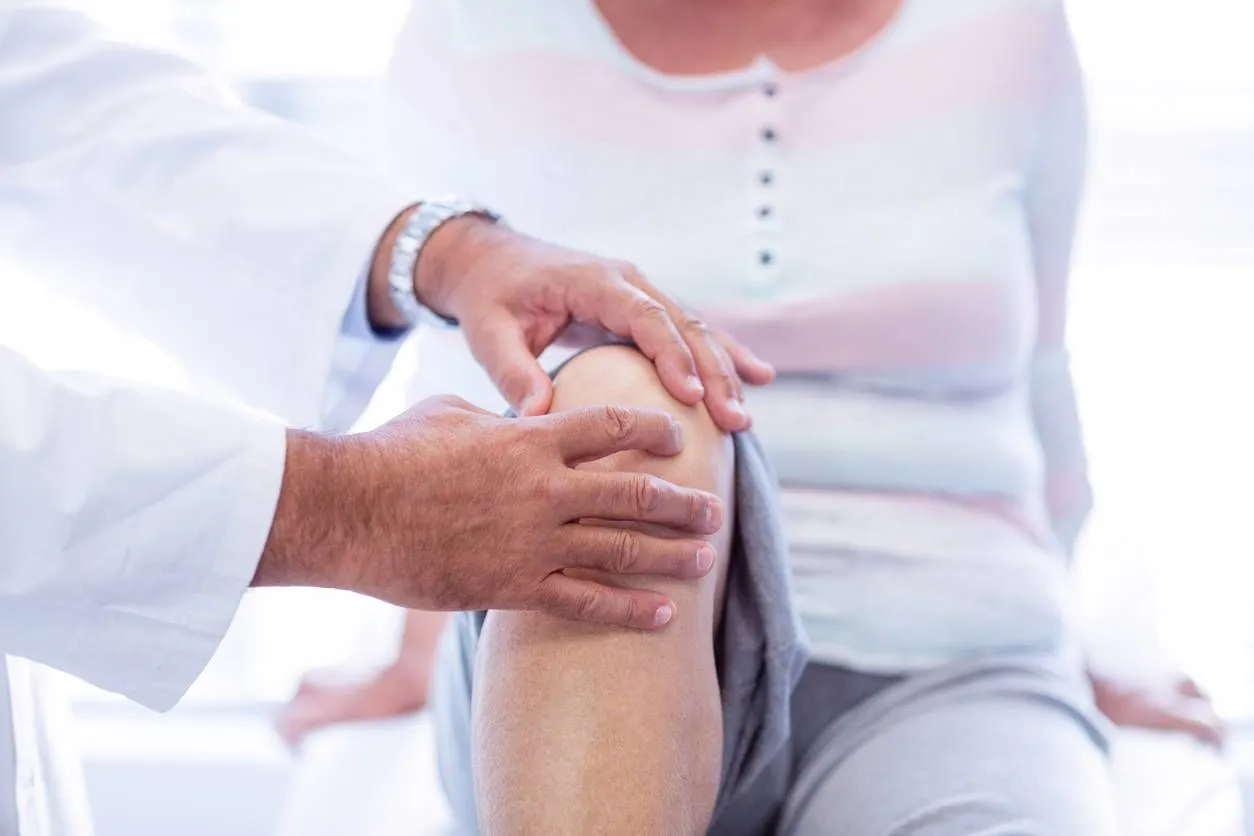Currently, researchers consider stem cells as the possible answer to many medical conditions, especially osteoarthritis. Their hope is that stem cell treatment can stop the progression caused by an ailment by repairing it. However, more research studies are ongoing to determine how stem cell therapy can be more effective and advanced to current protocols. Are you wondering what makes stem cell therapy so unique? Let’s read on.
How does stem cell therapy work?
Stem cell treatment uses the patient’s own cells to help restore the damaged tissues of your hip or knee joint. Unlike other treatments, stem cell therapy treats the underlying cause of knee pain and other joint pain. Hence, this therapy can reduce joint pain, increase movement, increase flexibility, speed up regeneration, improve blood flow, and treat ligament or tendon tears for a prolonged duration. Adult stem cell therapy is non-invasive and safe. Studies recommend that its side effects are very minimal with no adverse effects.
What are the stem cells used for knee osteoarthritis treatment?
Mesenchymal stem cells are used as they have the potential to differentiate into various types of cells. These mesenchymal stem cells can be administered as BMAC (bone marrow aspirate concentrate) and SVF (stromal vascular fraction).
How are BMAC and SVF collected?
BMAC
BMAC is collected as an aspirate from the bone marrow. This procedure is performed on the iliac crest under local anaesthesia. At the same time, this aspirate is concentrated with the help of a centrifuge to get the concentrate rich in beneficiary proteins. That’s bone marrow aspirate concentrate.
SVF
SVF collection involves the following steps:
- Collection of adipose (fat) tissue using liposuction procedure. The resultant is called lipoaspirate.
- Then centrifuged to separate and isolate the adipose-derived stem cells from blood and oil.
- Followed by a breakdown of fat by micronising the sample.
And the resultant SVF product can be readily injected into the affected joint area.
What happens during the BMAC or SVF procedure?
At first, a local anaesthetic is applied to the knee joint to numb any pain from the injection. Next, BMAC or SVF is injected intraarticular under ultrasound guidance for precision. Sterile dressings are applied to the affected area for up to three days to keep the injection area clean and prevent infection. Oral NSAIDs (non-steroidal anti-inflammatory drugs) should be avoided for four to six weeks before and after stem cell therapy as these negatively impact the healing process. However, always discuss with your doctor before stopping any medication!
How long does stem cell treatment last? What should you expect?
The effect of stem cell treatment for every joint region such as shoulder, knee, hip or ankle and foot fluctuates according to the severity and extent. However, several co-morbidities like kidney and heart issues, diabetes, body inflammation can also affect its success rate. Several research studies revealed that stem cell therapy had reported a long-lasting result anywhere between six months to a few years. The treatment can last up to 7 years or more depending on physiotherapy rehabilitation, active lifestyle, balanced diet and less stress post-treatment. Although no promises can be made about the exact duration of its long-lasting effect, stem cell therapy showed positive effects for a prolonged duration.
Is there any research update to back up the effect of stem cell therapy on knee osteoarthritis?
Yes.
A review article published in the year 2018 supports stem cells in the treatment of knee osteoarthritis. Stem cell therapy for knee pain appears to be very promising. A 2020 recent study conducted at Loughborough University in the United Kingdom recommended that the injection of bone marrow-derived mesenchymal stem cells in the affected knee could be safe, successful, and promising for cartilage repair and regeneration. This repair mechanism works due to the self-renewal, immunosuppressive, and differential potential of stem cells, especially bone marrow-derived stem cells. That’s why they bring significant improvement in your pain, functional outcomes, and overall quality of life. Michalek et al. published another 2015 large multi-national, multi-centre study on the journal Cell Transplant, proving that stem cell treatment works for a longer duration for arthritis. Nearly 63 per cent of patients had a minimum of 75 per cent improvement in pain and function. Similarly, 91 per cent of patients had a minimum of 50 per cent overall improvements. Of course, patients with obesity or severe arthritis took more time to respond. Anyhow, this is one of the most significant studies where all of them reported similar outcomes with a remarkable safety profile without any adverse side effects. According to the 2014 review article titled, ‘Mesenchymal Stem Cells in Regenerative Medicine for Musculoskeletal Diseases: Bench, Bedside, and Industry’ published in the Cell Transplantation journal, mesenchymal stem cells offered varied benefits such as spinal fusion, bone regeneration, tendon repair, cartilage defect restoration, disc degeneration, and osteoarthritis treatment.
Original Content



No comments:
Post a Comment